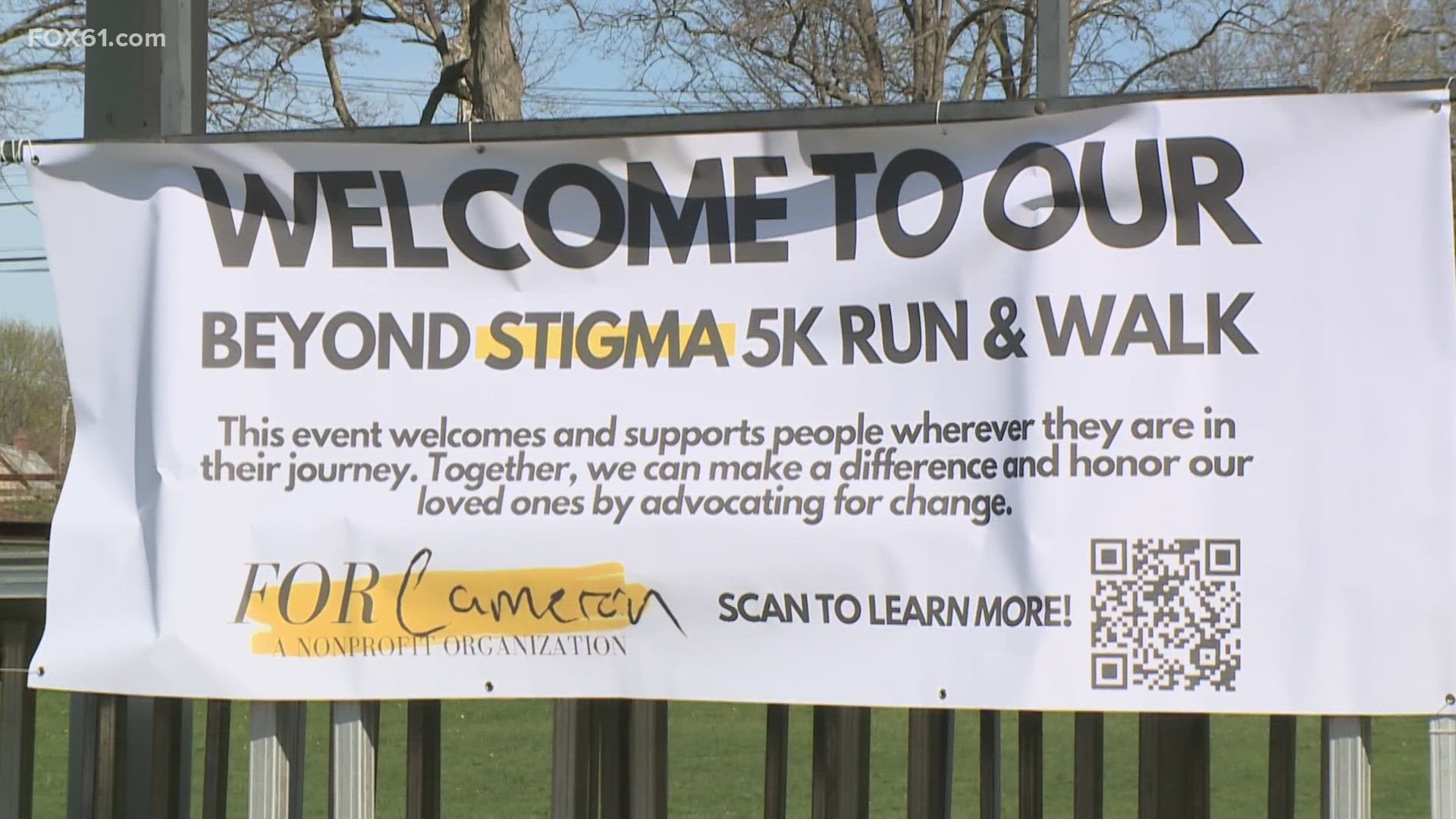At Southern, Misty conducts research on multicultural competence in counseling, which includes using creative strategies, such as therapy dogs, in counseling sessions.
Ginicola says people tend to express their emotions mostly with their eyes and mouth and read each others emotions by looking at their eyes and mouth.
Dogs also can read people’s emotions by looking at their eyes and mouth, but don’t do that with each other, perhaps because they show their emotions with their entire body.
Children with autism generally have difficulty identifying emotions and reading social cues. Their gaze is usually not focused on the eyes and mouth. Ginicola said therapy dogs are used to teach kids with autism these cues.
Children with autism tend to have a unique connection with dogs and animals, even as they struggle to connect with people.
“Dogs are primed and ready to be teachers of social and emotional intelligence,” Ginicola says.



